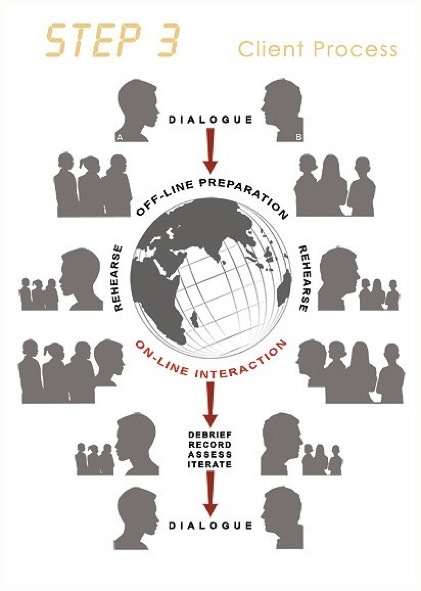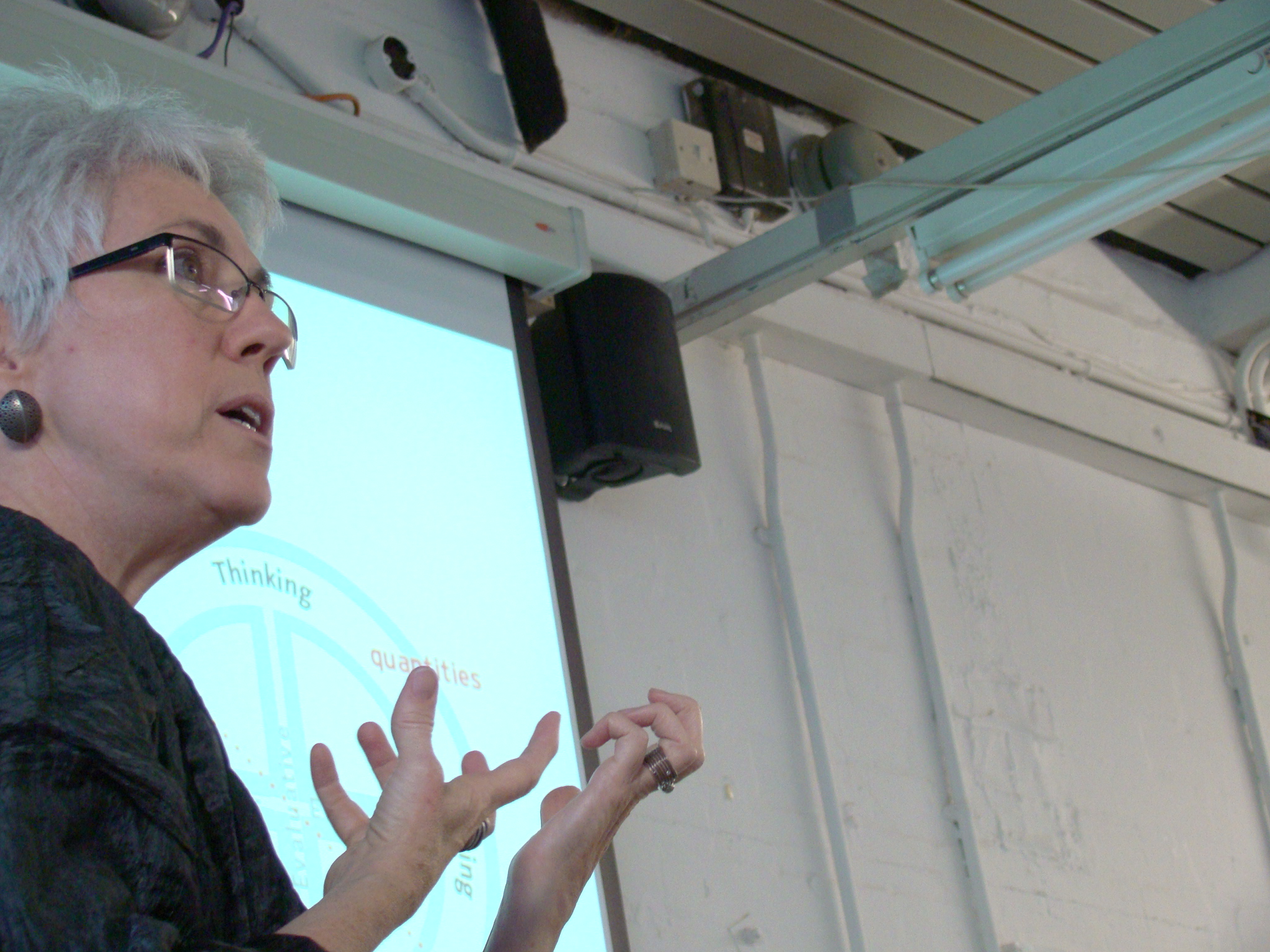Becoming a Master of Design
Now that is a title I like :) Today was my first day of my Masters Course.
Last week I attended the end of year show to learn about the projects carried out by last years students. You can watch a little video on the preparation for the show here
The projects were very diverse, with a wide range of students from all over the world with very different backgrounds. Many of the projects were service based, and unlike other degree shows I have visited...these students had the opportunity to show their process and thinking. I think this is key as I believe the times when visitors want to walk around an exhibition and look at 'shiny objects' are long gone. Although this introduces complications - it is important to really think about the best way to display this kind of information for particular audiences...
Details of all the projects can be found on the Masters website.
One of my favourite projects was The Wave Project by Jonathan Brown.
I think the main reason I like it is that it is very real. The project focuses on worldwide audio visual education, asking the question : "Can educational web based audio visual conferencing exchanges between children in the developed world and those in the emerging economies make an impact on the digital divide?" Jonathan went to visit South Africa to test his prototypes. It will be interesting to see how his project develops.
I also liked Nevada Halle's project Indentity, a graphic designer and illustrator, who created guidelines to help voluntary organisations create their own brand identity. I think this is an example of simple, effective and a very much needed application of design thinking. She worked very closely with Princess Royal Trust Carers centre and worked with carers at every stage of her design process. Hopefully, her website will up and running soon so we can learn more!
Many people ask me why I am doing a Masters, and I will admit that it was never in my plan from the outset. This year is my chance to identify exactly what kind of designer I want to be, what kind of work I want to do and how I am going to get there. It will give me the chance to do all the things I wanted to in my undergraduate course but I was never given the freedom to do. It will enable me to choose the skills I want to develop and ultimately move up a gear in every sense, both professionally and personally.
The Masters course at Dundee has a tremendous body of staff behind it, some of the best design thinkers and researchers from around the world.
 I cant wait to learn from this team of diverse creatives, and hopefully they will learn from me too!
I cant wait to learn from this team of diverse creatives, and hopefully they will learn from me too!
A fantastic Monday morning start, although very intense, was a talk given to us by Terry Irwin.
As an introduction to our People and Design Module, Terry spent the morning with Masters of Design students and MSc Design Ethnography students. Terry began by voicing her opinion that the collaboration between these two new Masters courses was:
"Very unusual and long overdue"
Terry spoke about the principle of holistic science and world views. Concentrating on the imperative of looking at our underlying assumptions. She believes we are embedded in a belief system, and have to try and discover 'other ways of knowing'.
She described it as a 'posture of certainty' - we as humans like to see things as black and white, we like to know we are right or wrong and whats good and bad. However, designers often find themselves swimming in shades of grey.
I liked the way she described collaboration - 'its almost like dancing'. The key is adopting a 'willingness to engage' and you must believe that what you will deisgn as a team is far better than anything you could acheive on your own.
"Everything is connected."
A little book list if you would like to learn more:
Web of relationships. We can make a difference - that is why it is so exciting being a designer in the 21st century. How do we learn to connect dots between big problems and extreme areas of speciality? We focus on the problem space of our own discipline, we should also be looking at problems that confront us at the level of everyday.
"A world view tells us what we can see and cannot see. We cannot perceive what we cannot conceive."
"Paradigms prescribe behaviour and guide what questions can and cannot be asked."
"We are fascinating creatures and must learn to pulse between the micro and the macro."
"Ways of knowing become styles of knowing."
So what can I do to assist the development of this thinking and insight? Seeding conversations and feed myself more information, and help develop narratives.
Ultimatley Terry showed us that how we think = what we see = how and what we design.
The insight that made me think the most today - "Our world view is a sketch and a blueprint for reality."




